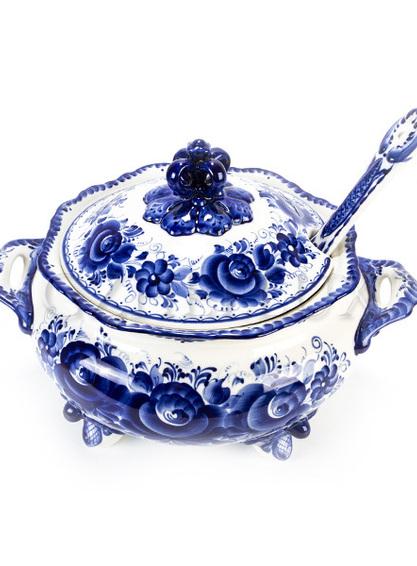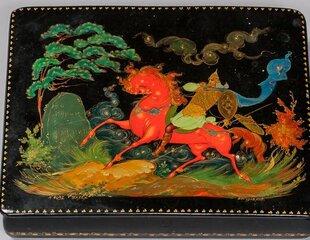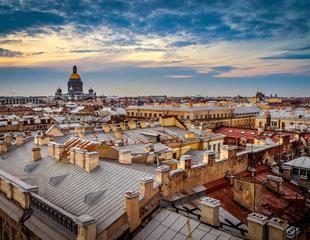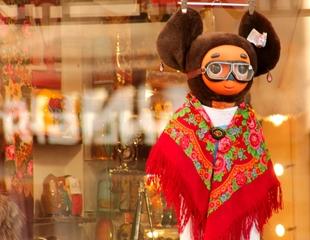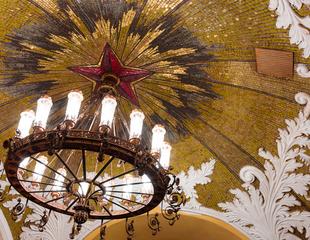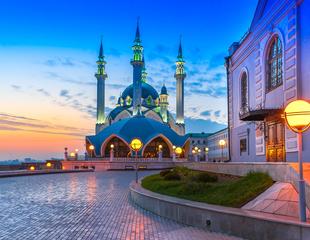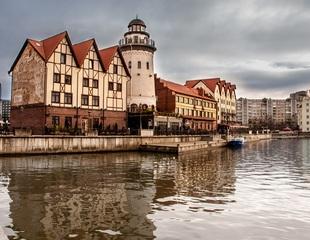Ceramics — porcelain, faience, majolica, and pottery — are made of fired clay with mineral components. Ceramic items are performed in traditional national style but with artists' individual vision.
The art of shaping and baking clay articles appeared in Russia in the 10th-13th centuries. And it was widely spread two centuries later. In the thirteenth century the manufacture of majolica, porcelain, and faience was very popular.
Since the 18th century Gzhel (the name of thirty villages not far from Moscow) has been a large ceramics center that produce not only earthenware for purely utilitarian purposes, but also artistic and decorative objects.
Today Gzhel china has a great popularity all over the world. It is recognizable at once by its characteristic blue-and-white color scheme, peculiar designs and shapes. Gzhel is the biggest traditional folk pottery center. Here utilitarian and decorative items of earthenware are made, and also china figures and statuettes, and tableware are hand painted and decorated with the cobalt-blue underglaze.
The modern Gzhel ceramics production is a new art which at the same time took artistic and technological experience of the pervious generations of potters. Though each design has its own motifs and arrangements, Gzhel painters try to follow the tradition of painting and show an individual style. Craftsmen create highly artistic designs and forms. Decorative and floral painting is practically eternal as long as the glaze protects the painting.

